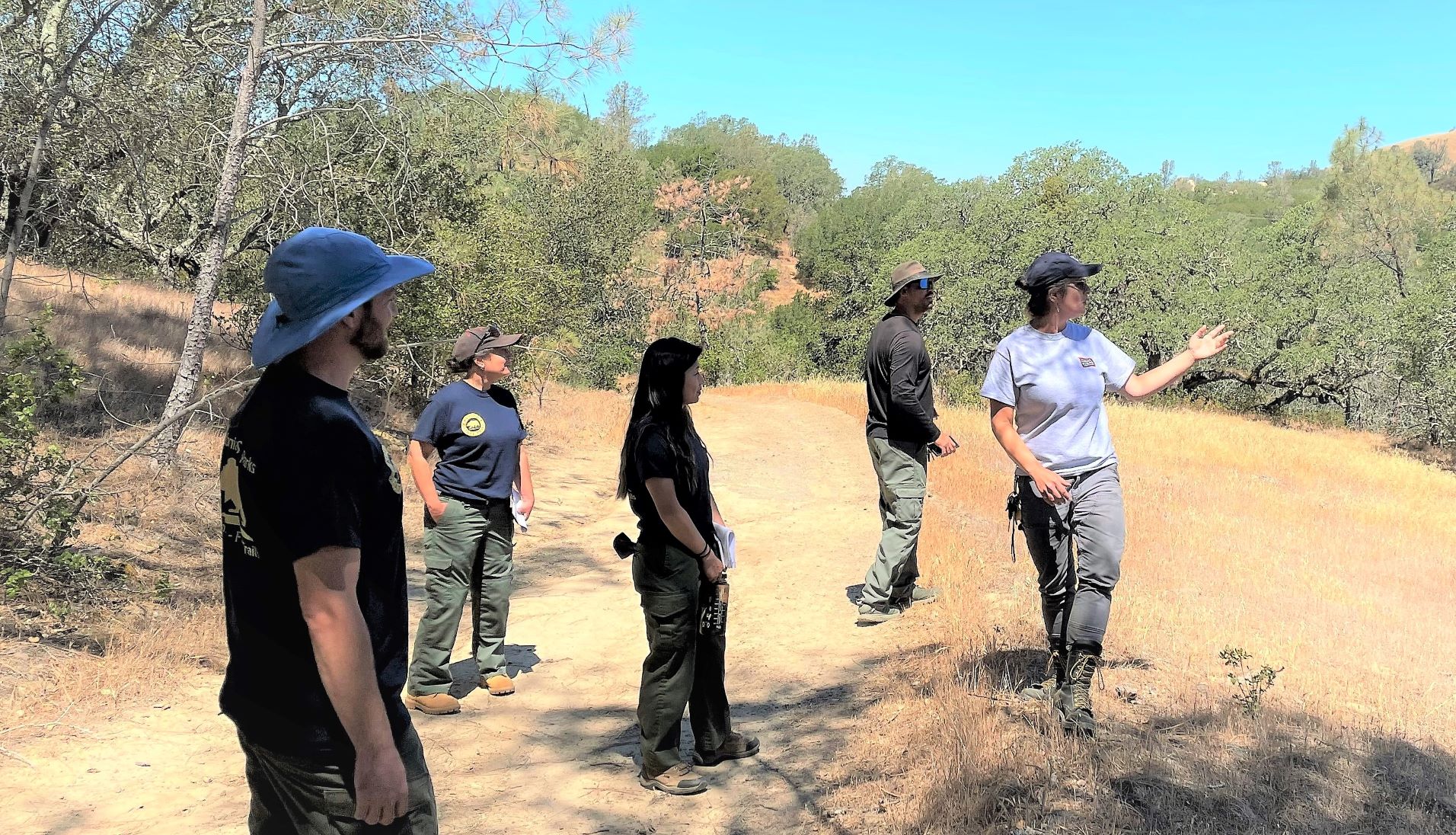Successful One Tam Weed Program Spreads Across California
By Rachel Kesel, One Tam Conservation Management Specialist
As One Tam's Early Detection Rapid Response (EDRR) program for managing invasive plants has demonstrated success, it has become a trainable model for other organizations across California. EDRR means finding and treating patches of priority weeds before they can affect the health of an ecosystem. Parks Conservancy staff have worked alongside California State Parks to create a robust EDRR training program designed to jumpstart efforts at districts around the state.
This endeavor began in 2019 with an update to the State Parks EDRR handbook, which provides foundational guidance on developing species lists, survey geography, and data collection methods. This work has been led by Rachel Kesel, One Tam Conservation Management Specialist and Leah Gardner, Senior Environmental Scientist at California State Parks.
As California State Parks ramps up EDRR work, Parks Conservancy staff consult with environmental scientists in Sacramento and State Parks districts around the state. The training program begins with a district consultation followed by a two-day training on district land. The model emphasizes decision making and program development toward a pilot season in which State Parks staff implement EDRR, usually for the first time. A follow up session reviews lessons learned and protocol revision.
In addition to training State Parks districts, Parks Conservancy staff have delivered trainings to other agencies and a shortened version to participants at the California Invasive Plant Council Symposia in 2022. Altogether, the training program has reached over 400 invasive plant practitioners. Five additional State Parks districts are scheduled for training by the end of 2023.
As EDRR becomes standard practice around the state, One Tam continues its efforts in Marin County. And you can help! While we survey the mountain for priority invasive plants each year, our spring and summer surveys are not perfectly aligned with the late emergence of stinkwort. If you’d like to help us detect new patches, record your observations of stinkwort using iNaturalist or Calflora. We use tools within those platforms to scan for our species of interest, guaranteeing we’ll see new records in our focus area made by the public. In fact, an iNaturalist record of stinkwort in 2018 directed us to a patch that was previously unknown to us, but is now greatly reduced in size following removal efforts. To learn about identifying stinkwort, you can review this species ID card from the California Invasive Plant Council.


